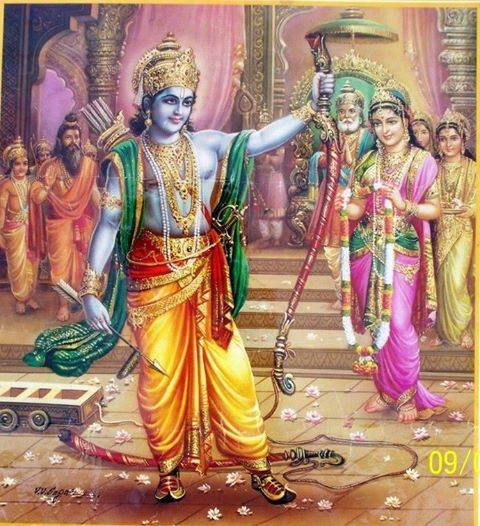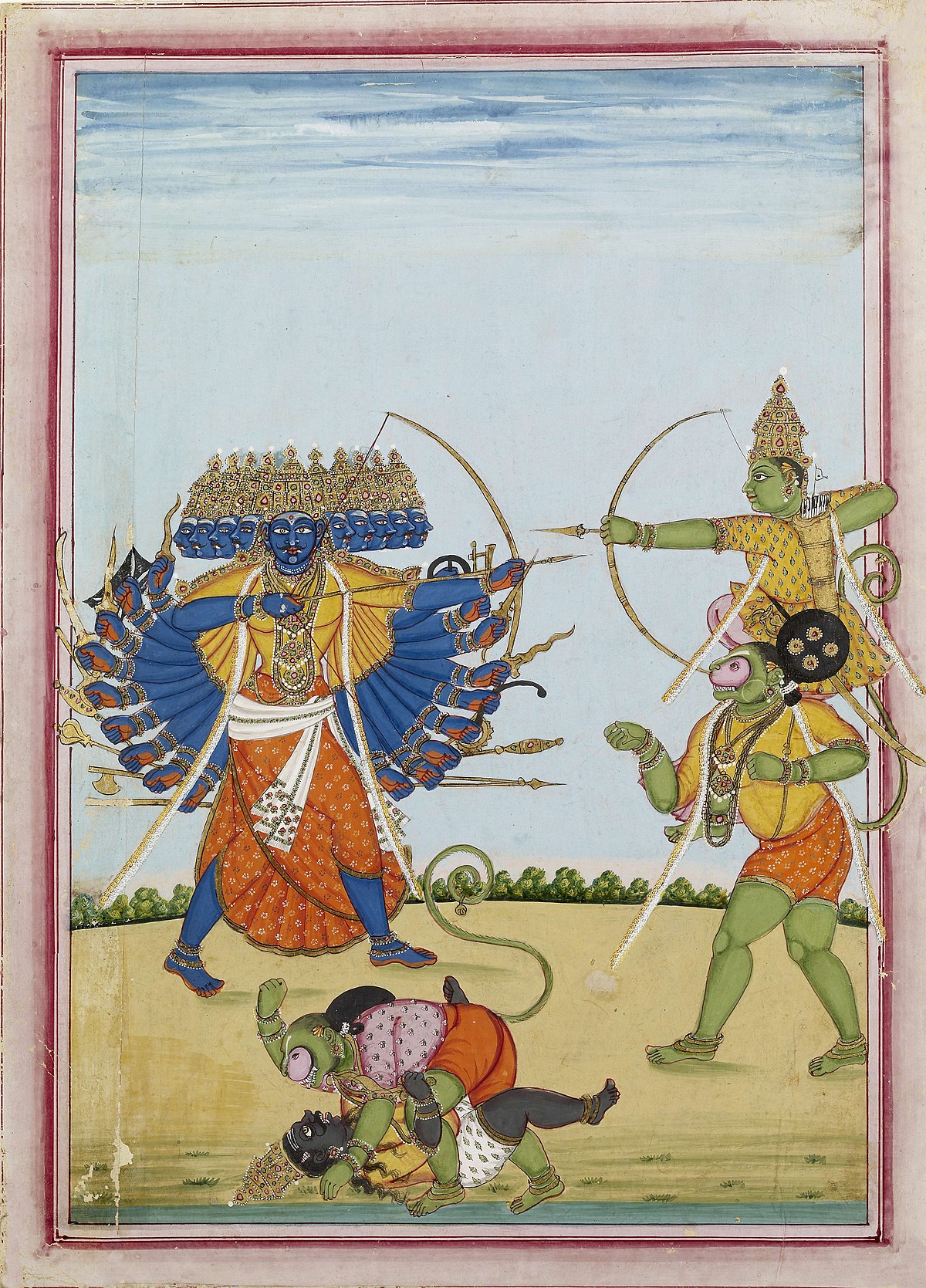- Ramayan Short Story In Gujarati
- Ramayana Story In Gujarati
- Tenali Rama Story In Gujarati Pdf
- Ramayan Full Story In Gujarati
Ramayan Stories Gujarati.pdf - Google Drive. The Ramayana (Sanskrit: रामायणम्,), originally titled Kaavyam Ramayanam Kritsnam Sitaayaas Charitham Mahat, is an ancient Indian epic poem which narrates the struggle of the divine prince Rama.
Janaka (राजा जनक, Raja Janak) was king of Mithila (Videha) and the father of Sita, the key character of the Hindu epic Ramayana. Janak's name was Seeradhwaja. He was regarded as an enlightened soul and ruled his kingdom with wisdom and courage.
Kushdhwaja was his brother and had two daughters Mandavi and Shrutakirti who were married to Rama's younger brothers Bharata and Shatrughna respectively.
King Janaka Story
Janaka was childless when once he found a baby in a furrow when he was ploughing a field as part of a yagna. Because of this Sita was described as the daughter of the earth goddess Bhumi. Sita was raised by Janak and his wife Sunaina.
While Sita was a young girl, she once playfully picked up the mighty bow of Shiva that was placed in the royal armory. At that time Janak decided that the bow of Shiva would be used to pick the best husband for Sita.
When Sita reached adulthood, Janak organized a Swayamvara with the condition that Sita would get married to only that individual who will be able to string Pinaka, the bow of the god Shiva.
He knew, the bow of Shiva was not even liftable let alone stringable for ordinary mortals.
Rama lifted up the bow of Shiva, fastened the string tightly and finally break the bow. He fulfilled Seeradhwaja's condition to marry Sita.
Later on Vivaha Panchami, a marriage ceremony was conducted under the guidance of Satananda. Rama married Sita, Bharata married Mandavi, Lakshmana married Urmila and Shatrughna married Shrutakirti.
Janak was a very religious and spiritually inclined man and he was usually surrounded by sages and Rishis. He was also known as ‘Rajarshi‘ as he was a king and Rishi (sage) at the same time.
Raja Janak's guru name was Ashtavakra. King Janaka and Ashtavakra conversation is documented as Ashtavakra Gita, where in he is depicted as one realized and this tested by the sage.
At the time of his death, Raja Janak remembered the Lord. His soul was liberated and descended to heaven on a heavenly chariot.
Shambuka (IAST: śambūka) is an interpolation in Valmiki Ramayana.[1][2] According to a version Shambuka, a shudra ascetic, was slain by Rama for attempting to perform penance in violation of dharma, the bad karma resulting from which caused the death of a Brahmin's son.[3] Foxit advanced pdf editor activation key free download.
Rama's killing of Shambuka or even the existence of the character Shambuka is highly disputed. The story is treated as a later interpolation to Valmiki's Ramayana, being created at a later period in opposition to Brahmins.[1][4][5]
Story[edit]
Ramayan Short Story In Gujarati
When Rama was ruling Ayodhya, a Brahmin approached the court and told everyone that his young son has died due to the misrule of Rama. Rama immediately called a meeting with all his ministers and enquired about the cause of this. Narada, one of the sages, told him that this has happened due to violation of a rule of penance. Narada informed him that someone from the Shudra varna, who are not allowed to perform penance in this Yuga, is performing a penance due to which the child has died. So Rama went in search of that person and found the place where Shambuka was performing penance. After confirming that Shambuka is indeed a Shudra, Rama killed him. Gods praised Rama for this act of his and congratulated him for protecting their interests and for not allowing Shudra to attain heaven. Brahmin's son returned back to life after it.[1][6]

Reception[edit]

Authors such as Rabindranath Tagore, Mahatma Gandhi treat the character of Shambukha as interpolation.[7][8] The PushtimargVaishnavite tradition points out that the Ramayana refers to other Shudras, such as Shabari, who lived in the forest. Shambuka therefore deliberately violated dharma in order to get Rama's attention, and attained salvation when he was beheaded.[9] The celebrated Kannada poet Kuvempu, in his play Shudra Tapasvi shows Rama as having to both carry out his duty by punishing Shambuka, and simultaneously protect Shambuka, as a pious and devout sage, from persecution, and thereby turns the story into a critique of Brahminical attitudes and a defense of Rama.[10]
Ramayana Story In Gujarati
In his seminal work Annihilation of Caste, Ambedkar points out the story of Shambuka while criticizing Chaturvarnya. He argues that not only it is impossible to accurately classify people into four definite classes but that the system of Chaturvarnya faces the problem of the transgressor. He further explains that unless the transgressor is punished, men will not keep to their respective classes i.e. the whole system will collapse. In Ramayana, according to Ambedkar, Rama ensured that transgression did not happen in his kingdom by killing Shambuka.[11][12][13]
Tenali Rama Story In Gujarati Pdf
Notes[edit]
Ramayan Full Story In Gujarati

Reception[edit]
Authors such as Rabindranath Tagore, Mahatma Gandhi treat the character of Shambukha as interpolation.[7][8] The PushtimargVaishnavite tradition points out that the Ramayana refers to other Shudras, such as Shabari, who lived in the forest. Shambuka therefore deliberately violated dharma in order to get Rama's attention, and attained salvation when he was beheaded.[9] The celebrated Kannada poet Kuvempu, in his play Shudra Tapasvi shows Rama as having to both carry out his duty by punishing Shambuka, and simultaneously protect Shambuka, as a pious and devout sage, from persecution, and thereby turns the story into a critique of Brahminical attitudes and a defense of Rama.[10]
Ramayana Story In Gujarati
In his seminal work Annihilation of Caste, Ambedkar points out the story of Shambuka while criticizing Chaturvarnya. He argues that not only it is impossible to accurately classify people into four definite classes but that the system of Chaturvarnya faces the problem of the transgressor. He further explains that unless the transgressor is punished, men will not keep to their respective classes i.e. the whole system will collapse. In Ramayana, according to Ambedkar, Rama ensured that transgression did not happen in his kingdom by killing Shambuka.[11][12][13]
Tenali Rama Story In Gujarati Pdf
Notes[edit]
Ramayan Full Story In Gujarati
- ^ abcPaula Richman (2008). Ramayana Stories in Modern South India: An Anthology. Indiana University Press. p. 111. ISBN978-0-253-21953-4.
- ^Indian Literature, Issues 213-218. Sahitya Akademi. p. 163.
- ^Government of Maharashtra, Nasik District Gazeteer: History - Ancient Period'Archived copy'. Archived from the original on 7 November 2006. Retrieved 1 October 2006.CS1 maint: archived copy as title (link) (text credited to Mahamahopadhyaya Dr. V. V. Mirashi)
- ^An Introduction to Eastern Ways of Thinking. Concept Publishing Company. p. 158.
By now , it can be confirmly said the ' Uttarkand ' of Ramayana is an interpolation of quite later period
- ^Mangesh Venktesh Nadkarni. Hinduism, a Gandhian Perspective. Anne Books. p. 92.
- ^Hari Prasad Shastri (1957). The Ramayana of Valmiki. Shanti Sadan. pp. 1579–1584. ISBN978-0-8542-4048-7.
- ^Gangeya Mukherji. An Alternative Idea of India: Tagore and Vivekananda. Taylor & Francis. p. 83. ISBN9781000083774.
- ^D. K. Misra, Shambhu Lal Doshi, C. M. Jain (1972). Gandhi and Social Order. Research Publications in Social Sciences. p. 14.
Mahatma Gandhi , on the other hand, has regarded this entire story as an interpolation
CS1 maint: multiple names: authors list (link) - ^Motiramji Sastri, Ramayan (in Gujarati) (Ahmedabad, 1961).
- ^'M. Raghava, 'The king and the protector of the devout' The Hindu (26 October 2004).
- ^B.R. Ambedkar (2020). Ambedkar's India. Sristhi Publishers & Distributors. p. 47. ISBN9789387022898.
- ^Aishwary Kumar (2015). Radical Equality: Ambedkar, Gandhi, and the Risk of Democracy. Stanford University Press. p. 292. ISBN9780804794268.
- ^Kurukundi Raghavendra Rao (1993). Babasaheb Ambedkar. Sahitya Akademi. p. 25. ISBN9788172011529.
